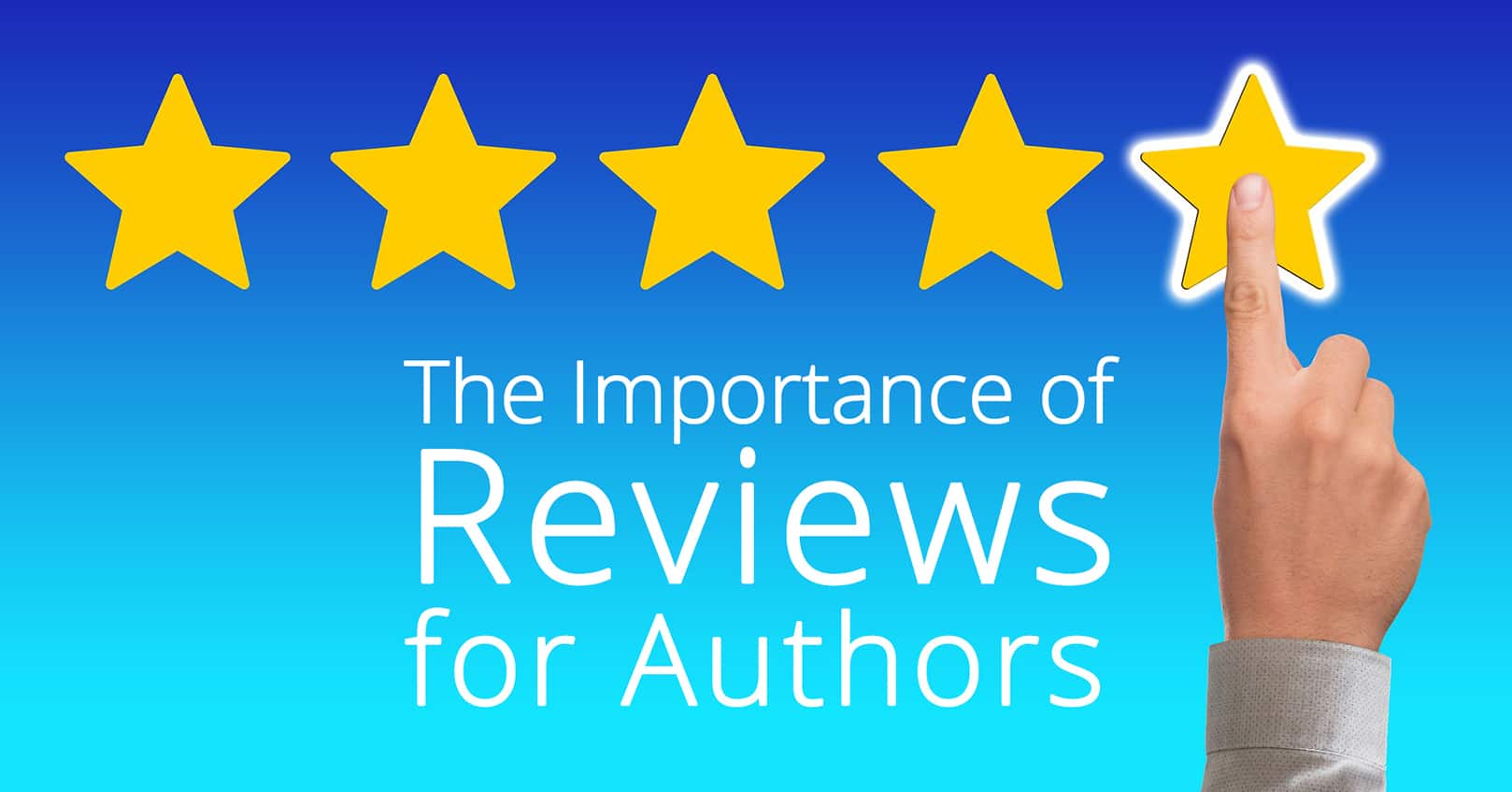
You’ve probably heard it before: you need a good book cover in order for your novel to sell. Is it true?
Yes. But why? Shouldn’t content matter more? Read on to find out.
Why is Good Cover Design Important?
A good cover does many things:
- Captures the reader’s attention
- Makes a book stand out amid hundreds of others
- Looks great in a promotional email sent out by companies like Book Cave
- Leads a person to read reviews about the book or read the preview sample
- Makes a book look professional
A bad cover is damaging in several ways:
- Turns a reader away before they have a chance to look closer at the quality of writing
- Makes a reader think that the author must have skipped corners in other areas because they skipped corners with their cover design
- If it’s an indie-published book, it gives a bad rap to indie authors
Tips for Good Book Cover Design
What can you do to make sure you have a cover that really works? Here are some tips to help you out.
Look at what others are doing
Whether you already have a book cover, or you’re looking to create one, you should check out what successful authors writing in your book’s genre are doing. How does your cover compare to theirs? If you show your cover and their cover to a friend, which book would they be more tempted to buy? What components of these other authors’ covers (for example, whether or not they depict a person, whether they use light swirls, the font type, etc.) do they use that you can apply to your cover to make it better or to help create it? You shouldn’t copy someone’s work, but you can get inspiration and ideas from what others have done.
Does your book cover match your genre?
Even if your cover is attractive and interesting, if it doesn’t match your genre, readers will be turned away. Does your fantasy cover look like a bibliography cover? Does your science fiction cover look like historical fiction? Does your YA cover look like a memoir? Again, look at what others are doing to get a feel of what is appropriate for your genre. You can check out some genre-specific covers in our blog post here.
Does your book cover have the needed components?
Your cover needs to look like a cover. This means it at least needs an image, a title, and your name. Anything less than that is not a cover.
Does your book cover look good small?
Readers are usually viewing your cover as a small thumbnail online, like on Amazon, Barnes & Noble, or iTunes. That means your cover needs to attract their attention and be interesting even when it’s small. Be sure to look at the thumbnail version of your cover. Is it too complicated? Are there too many competing elements that you can’t see well when it’s small? You may need to simplify your cover.
Ask others for feedback
Just because you think your cover looks great, doesn’t mean others feel the same way. And your book cover isn’t about pleasing you—it’s about getting potential readers to buy your book! Do ask family and friends, and remind them to be honest. You can also do a survey on Facebook, reaching people who are less likely to lie to you to spare your feelings. Ask them to vote between your cover and another author’s cover, or between several variations of one of your covers to find the best one.
Design it yourself
If you’ve decided your cover isn’t up to snuff, you can try redesigning it. Or, if you’re creating a cover for a new book, you can also try the DIY route. We have a three-part tutorial you can check out that’ll help you with this. Be sure to ask for feedback from friends, family, and readers on your design along the creation trail.
Get a professional
If you’ve tried designing your cover and have determined it’s not good enough, or you don’t feel confident in your design skills (you’re already a professional with words—you don’t have to be a professional with design too!), then it’s time to hire a professional. A great way to find a good designer is to ask authors who have effective book covers who their designer was. Another option is to ask your editor—many of them will know designers and may even have designers that they regularly refer their customers to. There are also several sites out there that sell ready-made covers (just plug in the title and your name) that you can browse.
If you’re hiring a designer, let them know the feel you want for your cover, as well as the genre of your book and a plot synopsis. You can provide the designer with an image (or a link to one), and that may be the best route if you want a person on the cover, because you’ll be sure to get the feel you’re looking for. Providing examples (either of people or covers that you like) will help them know what you want, even if they don’t end up using the image you provide. A designer will be able to determine what image(s) they can use and will generally choose better quality, better sharpness, better color, better angle, etc., so don’t insist on the image if they feel it won’t work well. Compromise on another image. Remember, you hired them because they are the professional. That being said, you should have input on the final cover design and be able to see a few different options with color, font, and even images. Keep in mind that the more options you ask for, the more money you’ll pay, because you’re using the designer’s time.
What experience do you have with designing a book cover or with finding someone to design it for you? We’d love to hear in the comments below.















Comments